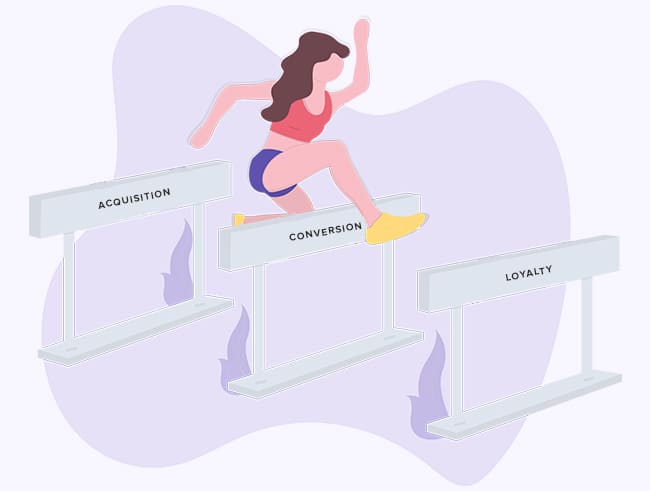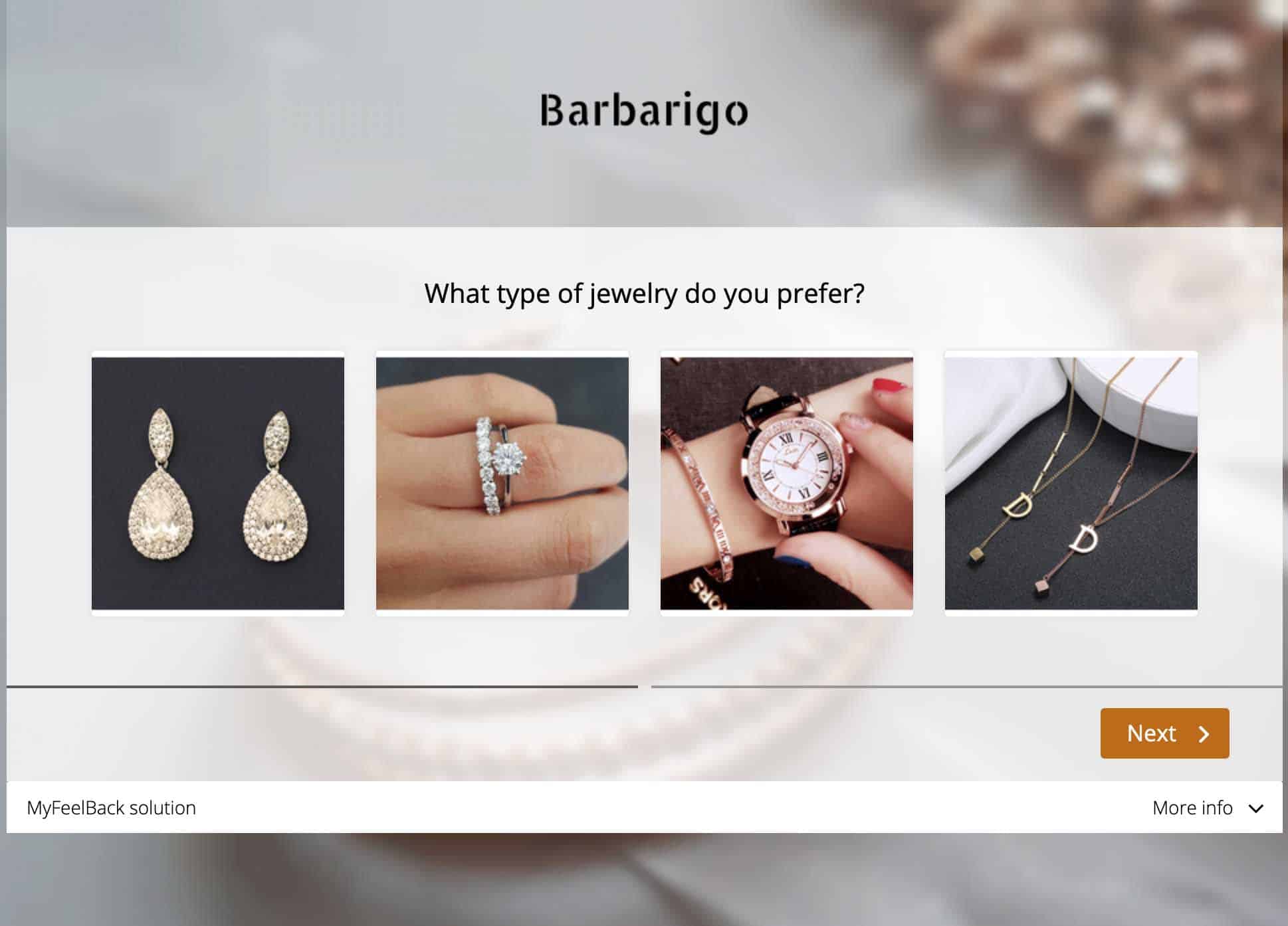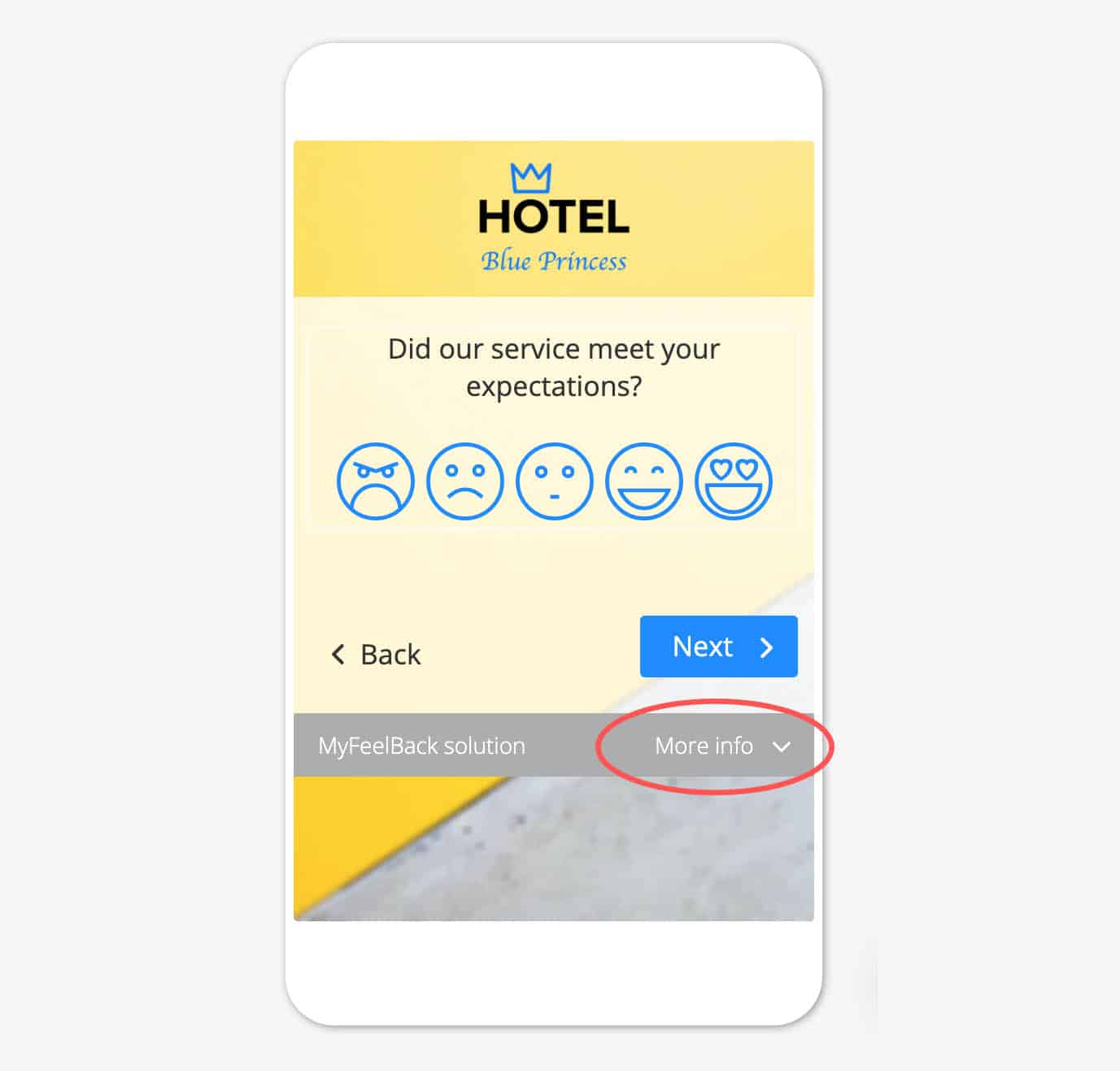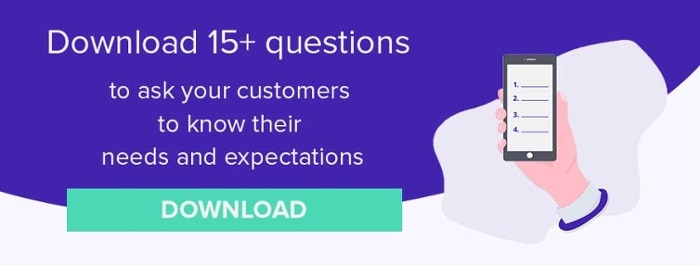It’s no secret. Collecting customer data is a source of endless opportunities for companies that care about their customer experience. It is an important step before analysing and processing data and, most importantly, using it. It will enable you to anticipate your customers’ needs, address their problems and increase satisfaction. On average, companies that implement...
It’s no secret. Collecting customer data is a source of endless opportunities for companies that care about their customer experience.
It is an important step before analysing and processing data and, most importantly, using it. It will enable you to anticipate your customers’ needs, address their problems and increase satisfaction.
On average, companies that implement a customer knowledge strategy improve their satisfaction rates by 30 to 50%.
To collect data, you need a method, and creating a smart survey is a proven way to get to know your customers better.
Read on to find out how to carry out effective data collection.
Which Customer Data Should you Collect and Why?
You should view customer data as a tool, not an endpoint. If you collect information without a goal in mind, you may find yourself overwhelmed.
The first step for effective collection is therefore to define your marketing and business objectives.
This will enable you to identify which data you need and how to use it.
Some Examples of Customer Data Collection Goals:
- Improving customer loyalty
- Improving your customer service
- Measuring the success of a recently launched product or service
- Increasing your sales on different channels, etc.
Data Collection Goals Answer the Following Questions:
- What: which performance indicators do you want to see? (conversion rate, NPS, repurchase rate, etc.)
- When: which points of contact will you question your customers on? (when leaving your website, on the product pages, etc.)
- Who: which data do you need? (web page URL, customer ID, specific shop, etc.)
- How: what tools do you need to put in place to collect this data? (post-purchase survey, exit pop-up, post-contact survey, etc.)

You then need to determine which data is the most important for your business.
All information does not hold the same value. But the more you know about your customers, the better you can serve them.
Different types of data you can collect:
- Contact details: first name, last name, address, telephone number and email address, so that you can easily communicate with your customers.
- Business-specific information: each company has specific needs in terms of customer data. For example, a shop specialising in shoe sales should know their customers’ shoe size and favourite brand.
- Customer history data: this determines your customers’ experience with your company. For example, what they don’t like, any problems you’ve resolved for them in the past, etc. But also, your customers’ history with your competitors, such as why they decided to switch.
- Personalisation data: birthday, number of people in the household, favourite sports team, etc. Knowing your customers well will help you improve your customer experience in the long-run.
How to Become an Expert in Customer Data Collection
Now you know the basic data to collect and what your goals are, here are five tips on how to get the most out of these customer insight surveys.
1 — Determine When to Survey your Customers on the Customer Journey
Start by recreating the customer journey, from beginning to end. Review the information you need to provide your customers with effective services.

This process is a great opportunity to bring your team together and talk about any obstacles they may have come across as a result of a lack of customer information. Their feedback is priceless and will make it a lot easier to decide which type of data to collect.
Once you have a complete list of data to collect, ask yourself this question for each one: when is the best time to ask my customer for this information? This will help you determine the groups of data to collect at each customer stage.
You should not try to collect everything at once. Customers can easily feel harassed. You need information, but you shouldn’t apply too much marketing pressure. Favour quality over quantity.
Make sure that your survey only asks for data that is really useful. You’ll get other opportunities later to enrich this information.
2 — Facilitate data collection
Collecting customer data is easy, whether in a fun or more formal manner.
Identify simple points of contact that make sense, to collect data without being intrusive. For example, the creation of a customer account, signing up to a newsletter or taking part in a competition. If you’re an online retailer, plan actions that are triggered automatically, such as a pop-up for new visitors, so as to better understand their expectations with regards to a particular product.
Train your teams to implement your plan. If you are collecting data in store, remember to provide your employees with tablets rather than paper (additional manpower, risk of input errors when digitalising data, etc.).
3 — Make your Surveys Enjoyable or Light-Hearted to Collect Maximum Data
Your surveys don’t have to be cold, soulless forms. Add a bit of life and personality!
The context matters of course, and it’s easier to make a fun survey if you work for a toy shop than if you sell funeral services.
But whatever your industry, there is always a way to add a more human touch to your surveys.
For example, at MyFeelBack, you can add pictures to your answer choice, to make your surveys lively and fun.

To make your surveys less intrusive, you can collect customer data by asking indirect questions. This will enable you to collect missing information, as well as easily identify your personas.
In the above example, you can easily determine the respondent’s familial status. The question asks respondents what their home means to them. A person living alone is unlikely to click: “A safe haven for your whole family”. Instead, they might select the first answer: “Your first, you’re still looking for inspiration”.
By asking this question indirectly, you’ll gather important information about your customer and easily feed your contact database.
4 — Tell the Customer why you Need Data
One way to ensure that customers don’t see your survey as a chore is to simply explain why you need the information.
Reassure your customers.
With MyFeelBack’s surveys, you can easily explain why you are collecting data with the “further information” item.

Don’t forget that to be GDPR compliant, you must be transparent about your use of customer data.
Add a few comments to your survey and, above all, ensure that when sending or triggering a survey, you clearly explain how the customer’s data will be used, to make their experience beneficial.
5 — Use Data to Enchant your Customers
Now that you have the information, use it to better sell your products and services, but also to surprise and delight your customers.
Customer enchantment doesn’t have to be complicated or expensive. Just a little extra something that makes the customer remember you.
Here are a few examples:
- Sending a card when their favourite football team wins the league.
- Sending a personalised email with a special offer for their birthday.
- A little gift or discount when they place a big order.
At the end of the day, a well-built survey, aimed at collecting information, is an excellent way to get to know your customers. The above tips and guidelines are a great starting point!








